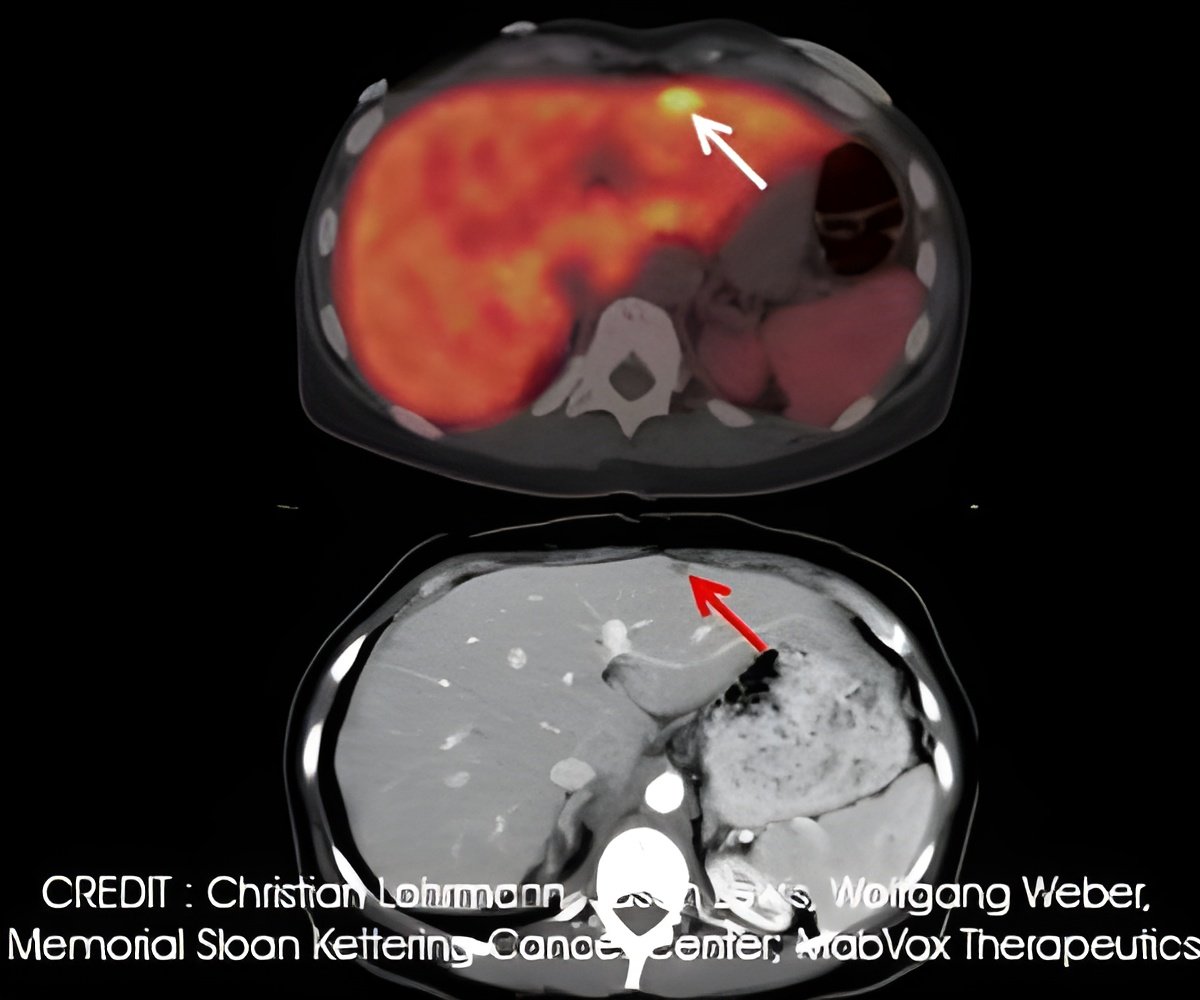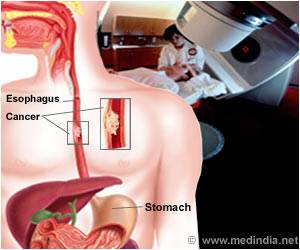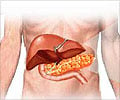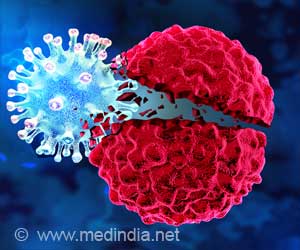Theranostic agent combines diagnostic and therapeutic capabilities into a single agent for treating malignancies by expressing the cancer antigen 19-9.

‘Positron Emission Tomography (PET) imaging with the monoclonal antibody led to the detection of tiny tumors.’





It holds the promise of better identifying tumors and directing treatment."This new agent is intensely accumulated in pancreatic cancer and finds very small metastases with PET/CT imaging," explained Christian Lohrmann, MD, lead author of the study from Memorial Sloan Kettering Cancer Center in New York, NY.
"There are promising data that HuMab-5B1 could become a theranostic drug used in both targeted imaging and therapy, which could eventually improve the prognosis for pancreatic cancer patients."
The researchers evaluated the antibody with and without radiolabeling with zirconium-89 (89Zr-DFO-HuMab-5B1).
With further validation, 89Zr-DFO-HuMab-5B1 could lead to a host of improvements in pancreatic cancer management--more accurate staging of tumors, better surgical guidance, restaging of metastases and potential drug selection for CA 19-9 targeted therapies.
Advertisement
For this study, nine patients with CA 19-9-positive metastatic malignancies underwent a series of four whole-body PET/CT scans one the first day of injection with the imaging agent, then again on day two and around days four and seven.
Advertisement
Maximum standard uptake values normalized for body weight were analyzed for agent uptake in tumors. The agent was well tolerated and led to no serious side effects.
Significant uptake was detected in local tumor recurrences as well as in metastases (for example in the lymph nodes, lungs, bone and peritoneum lining of the abdominal cavity). Uptake was analyzed for a total of 52 lesions. Highest uptake was shown on day seven in the lymph nodes.
Results of the study showed that PET/CT imaging with the monoclonal antibody led to the detection of tiny tumors in the peritoneum and mesenteric lymph nodes that were not found by CT alone.
Source-Eurekalert















